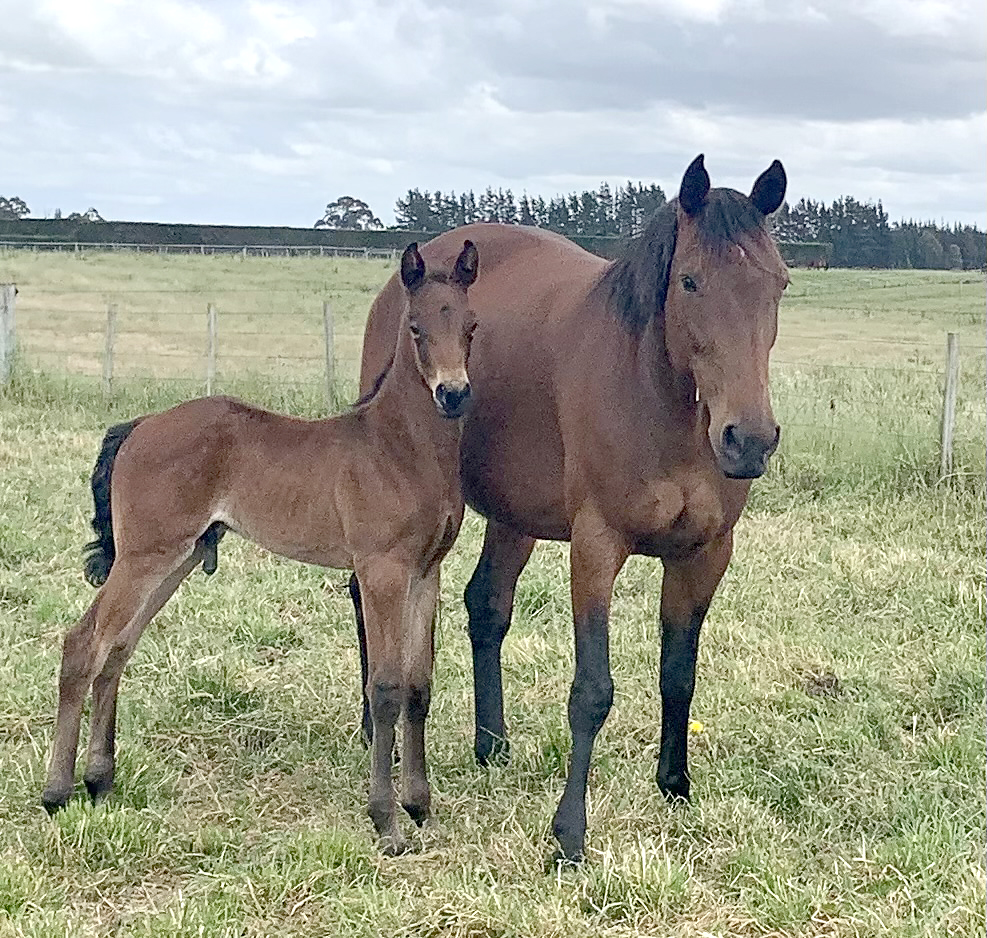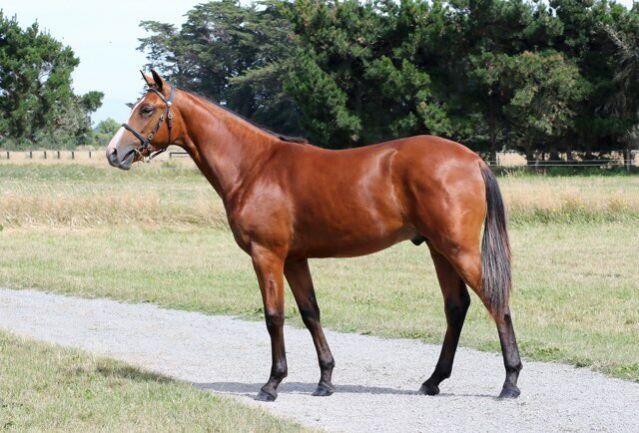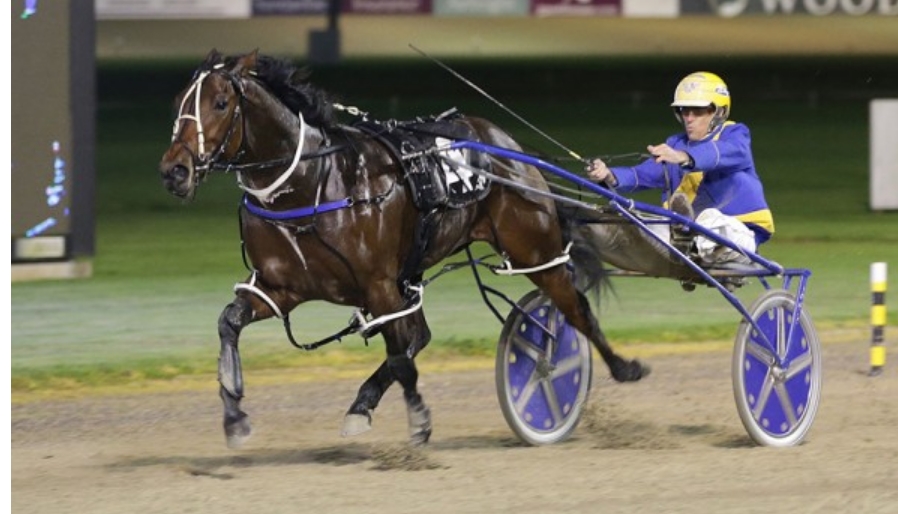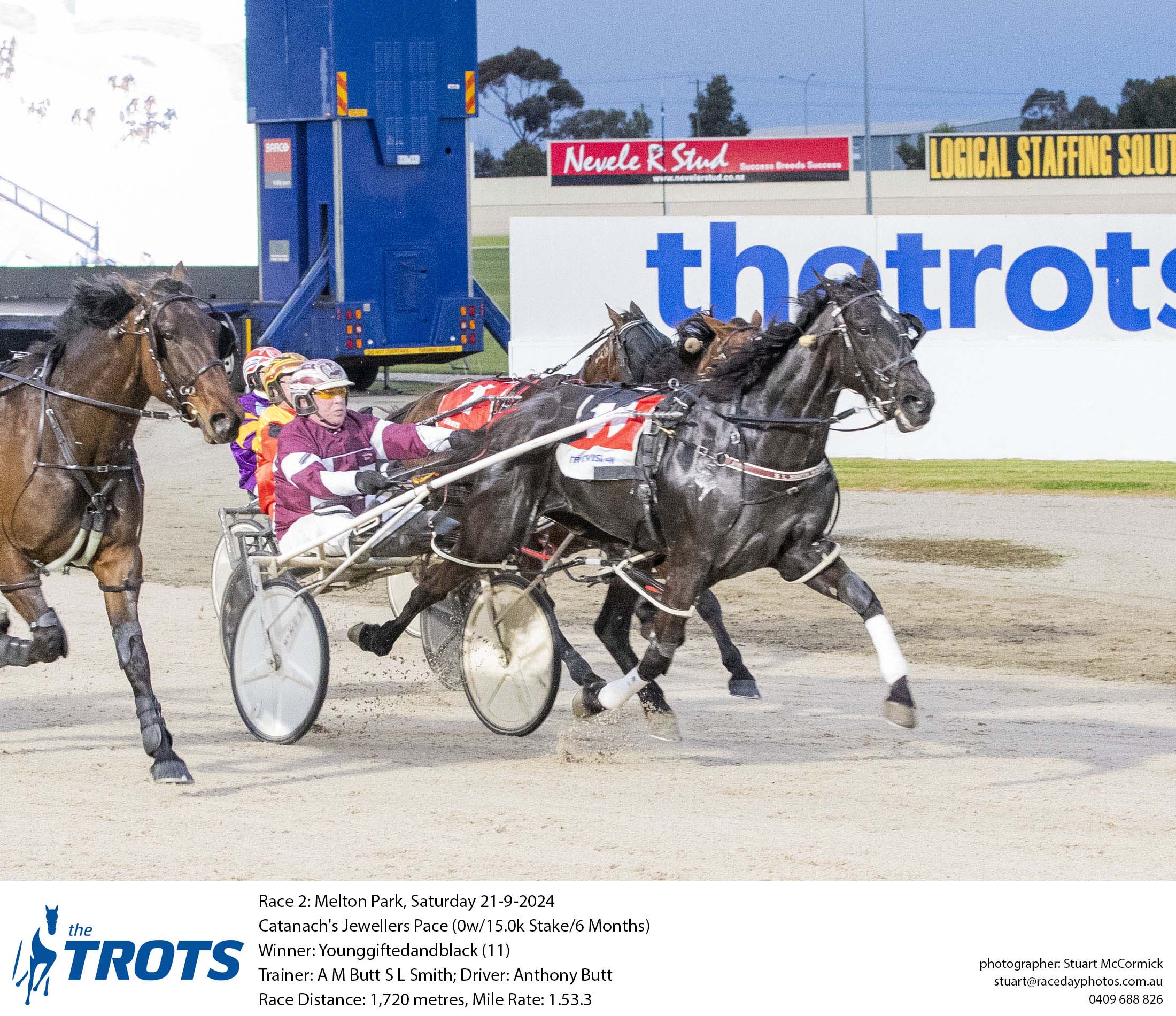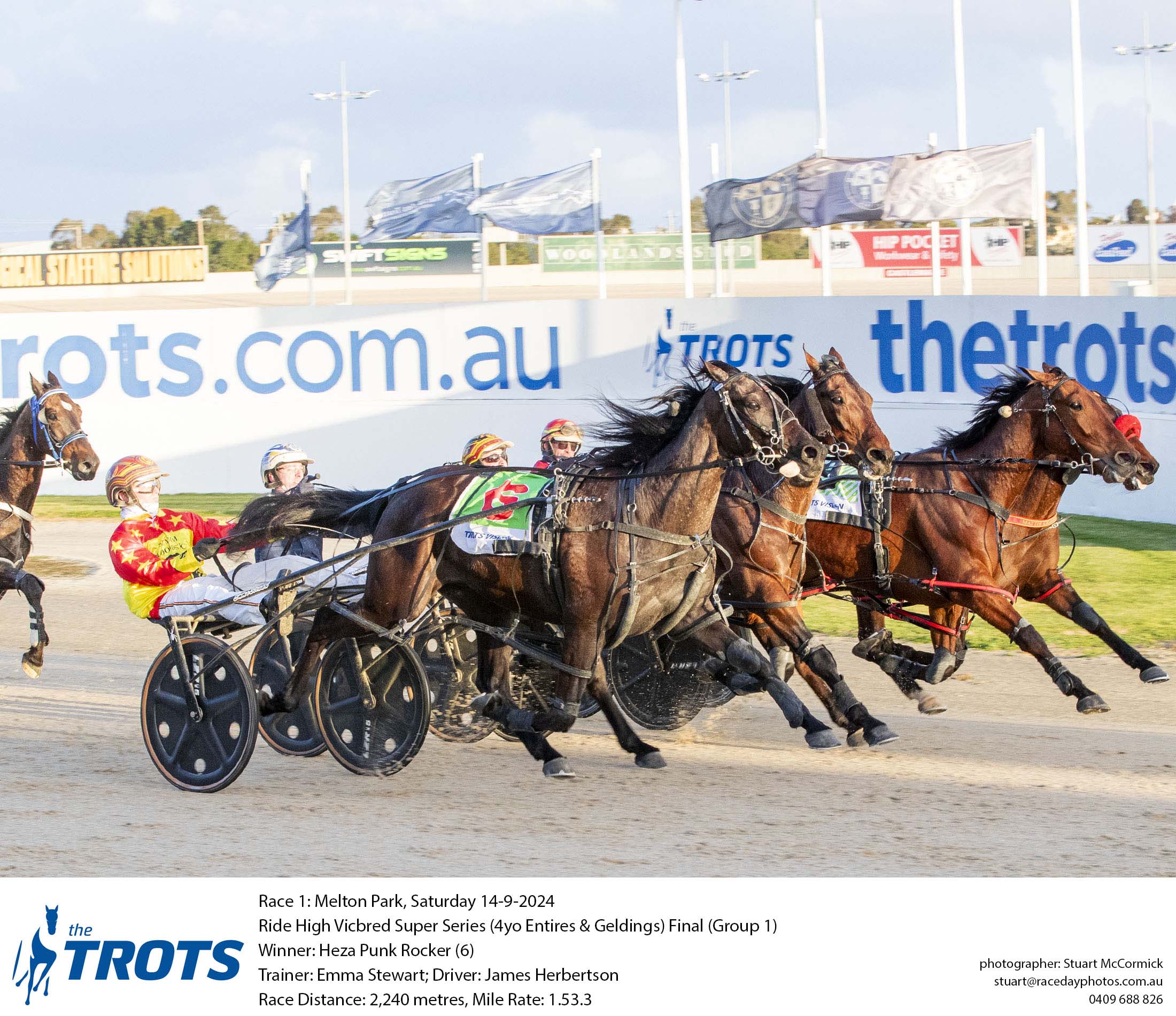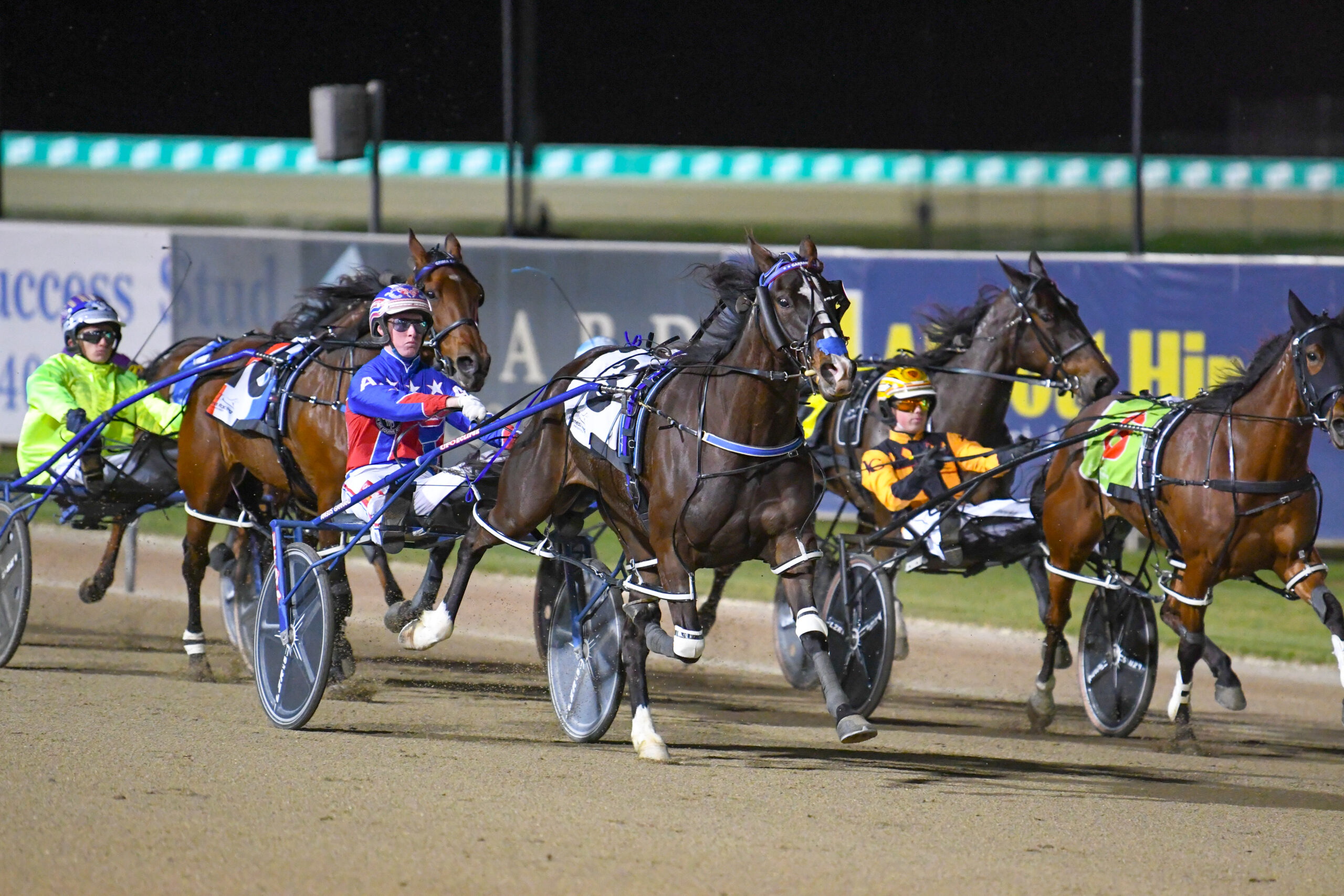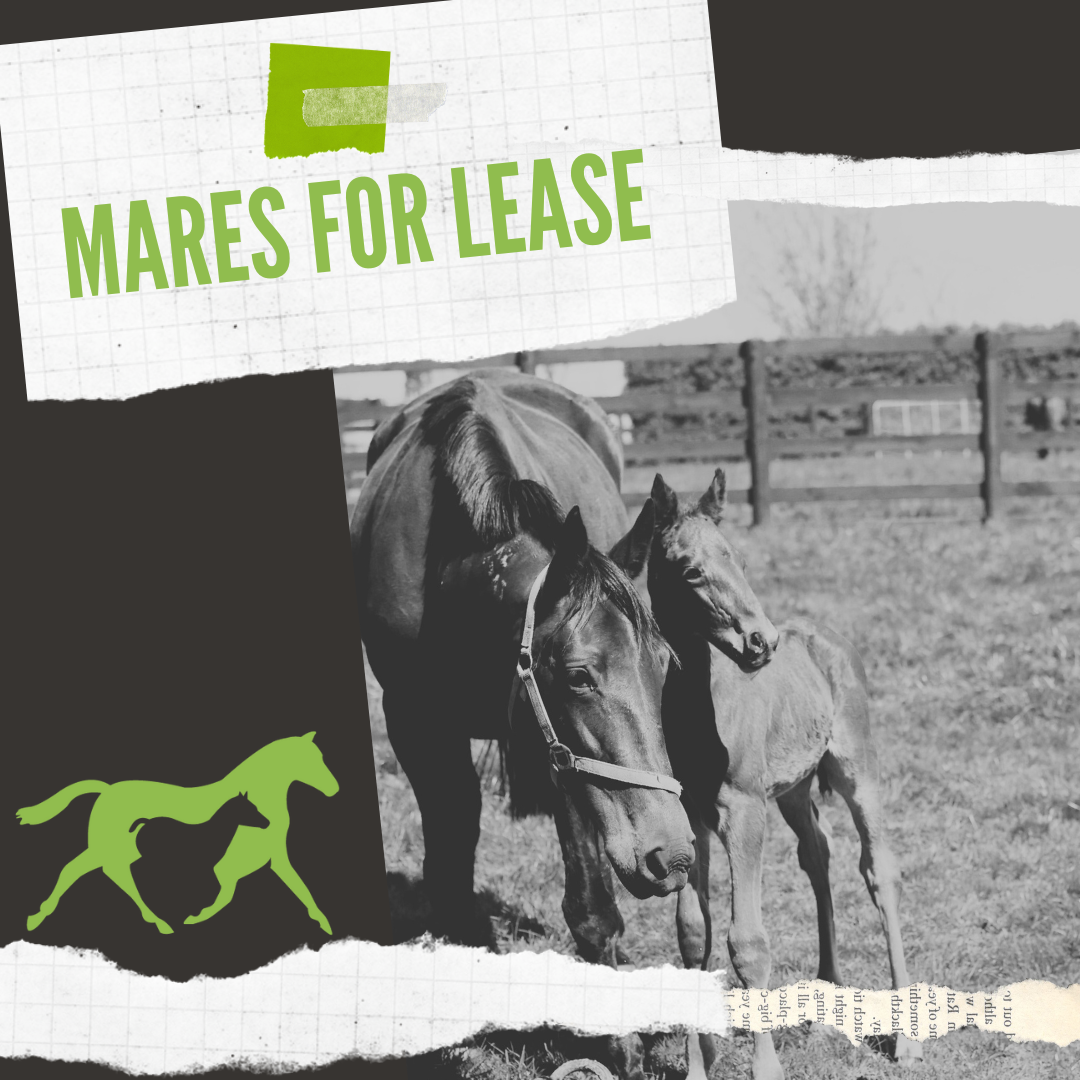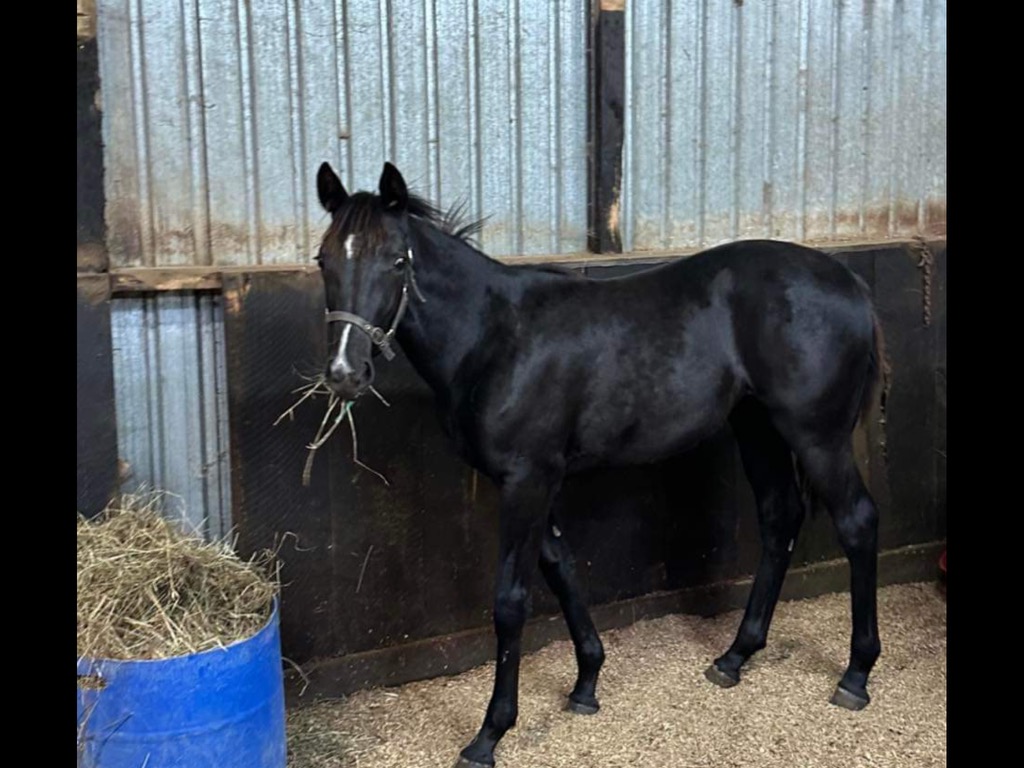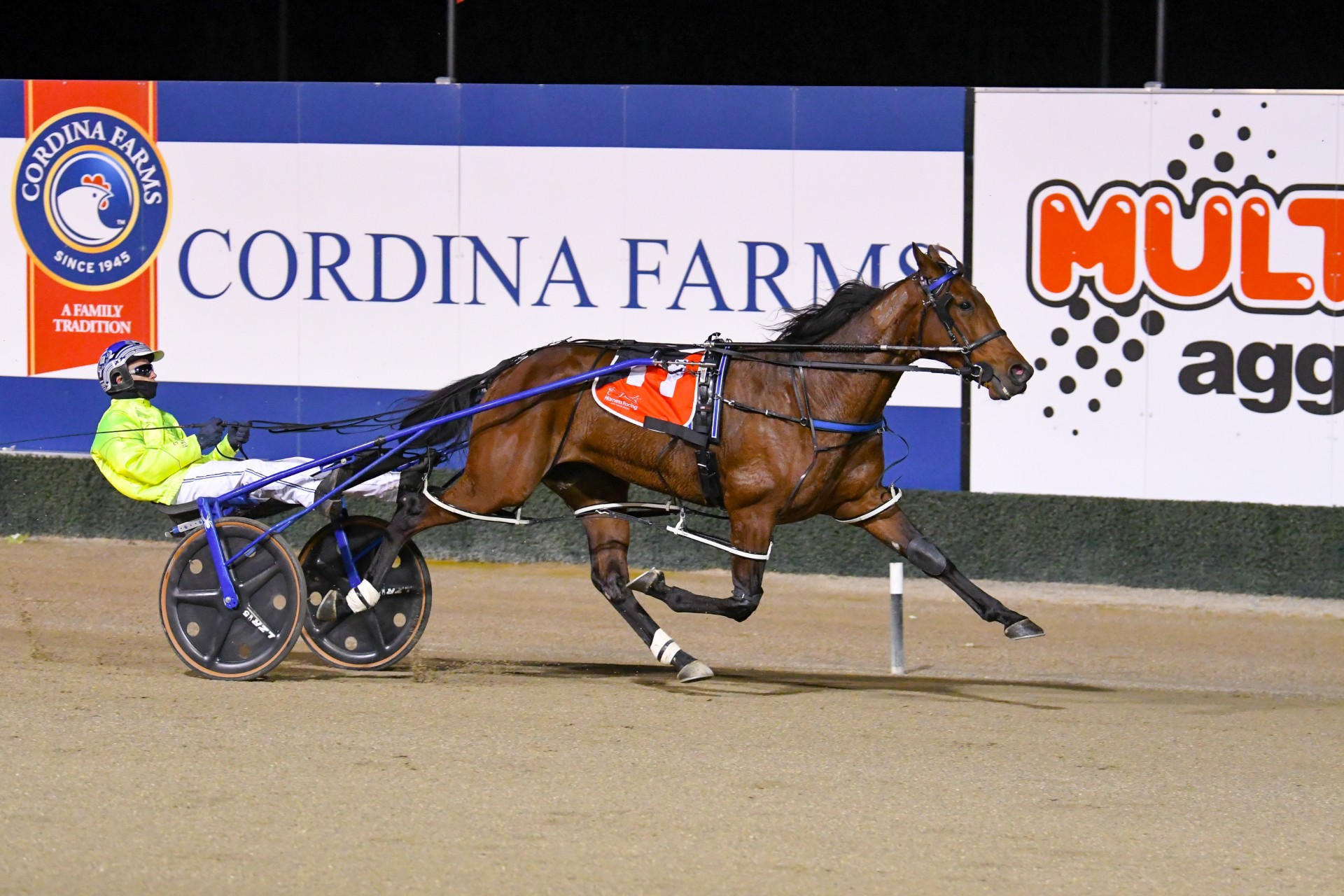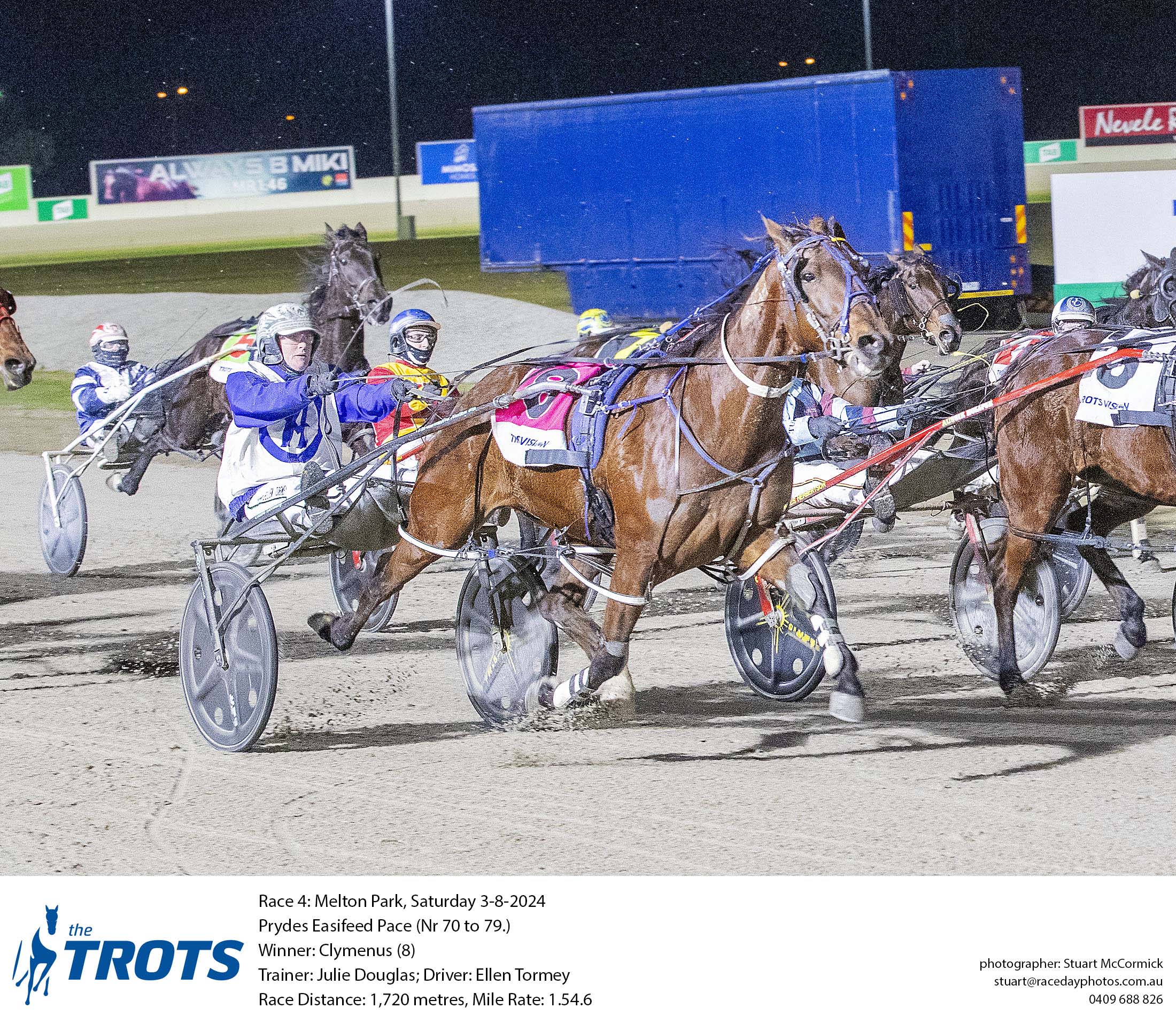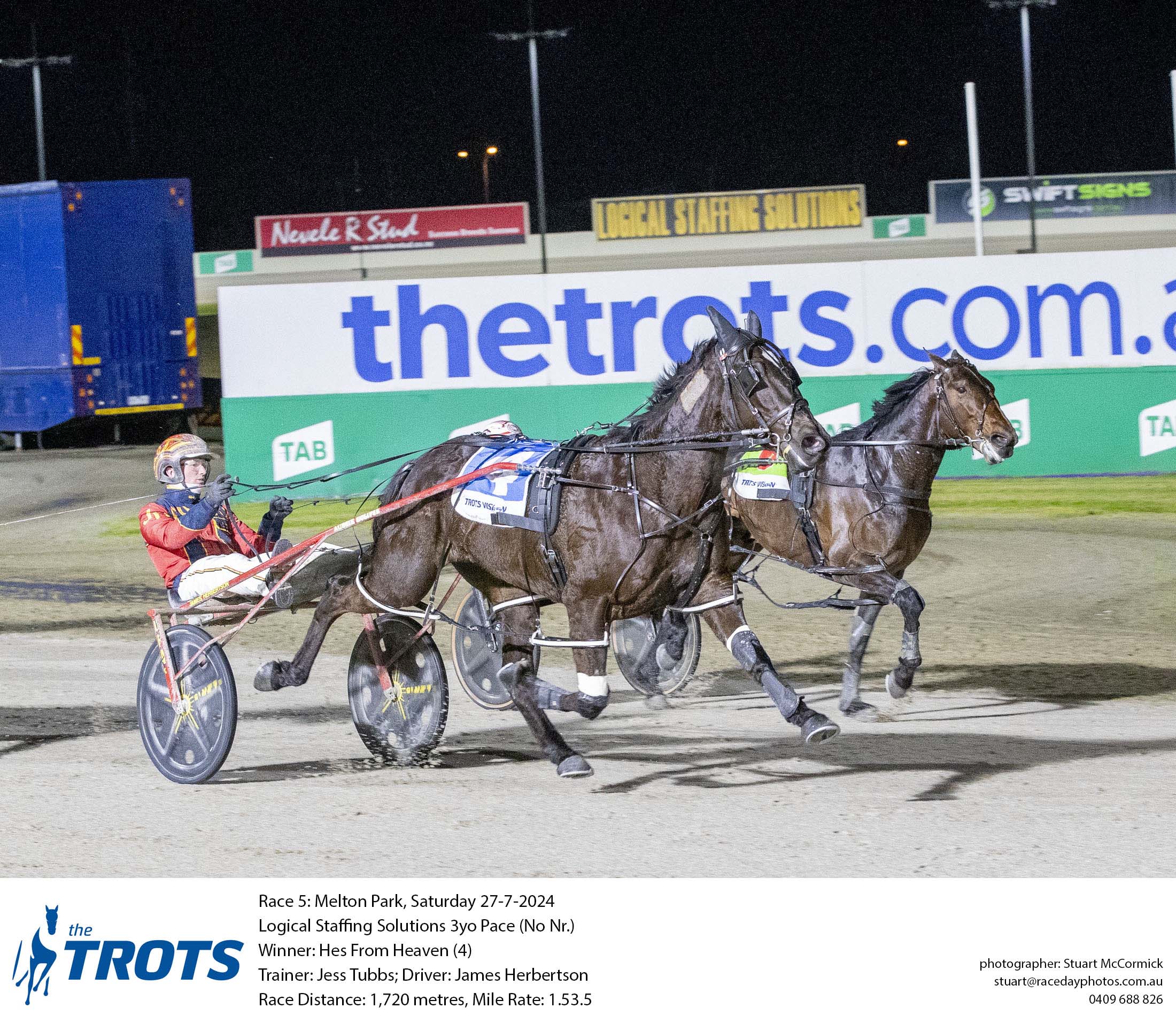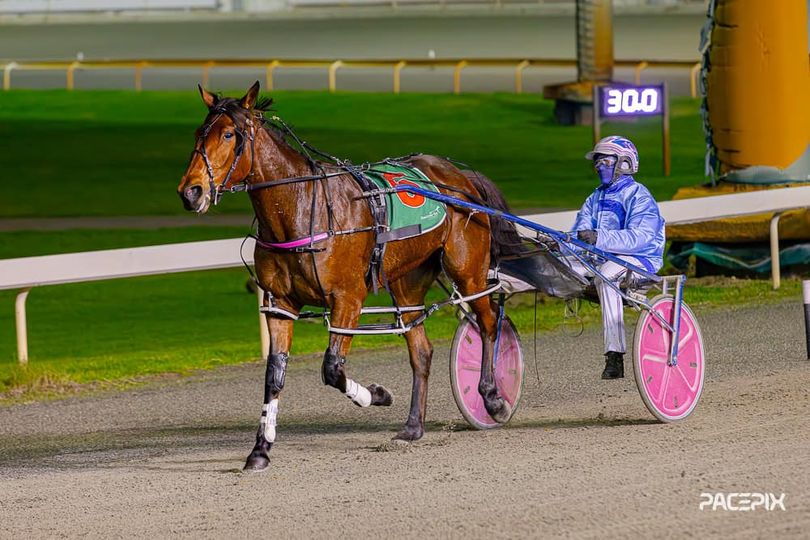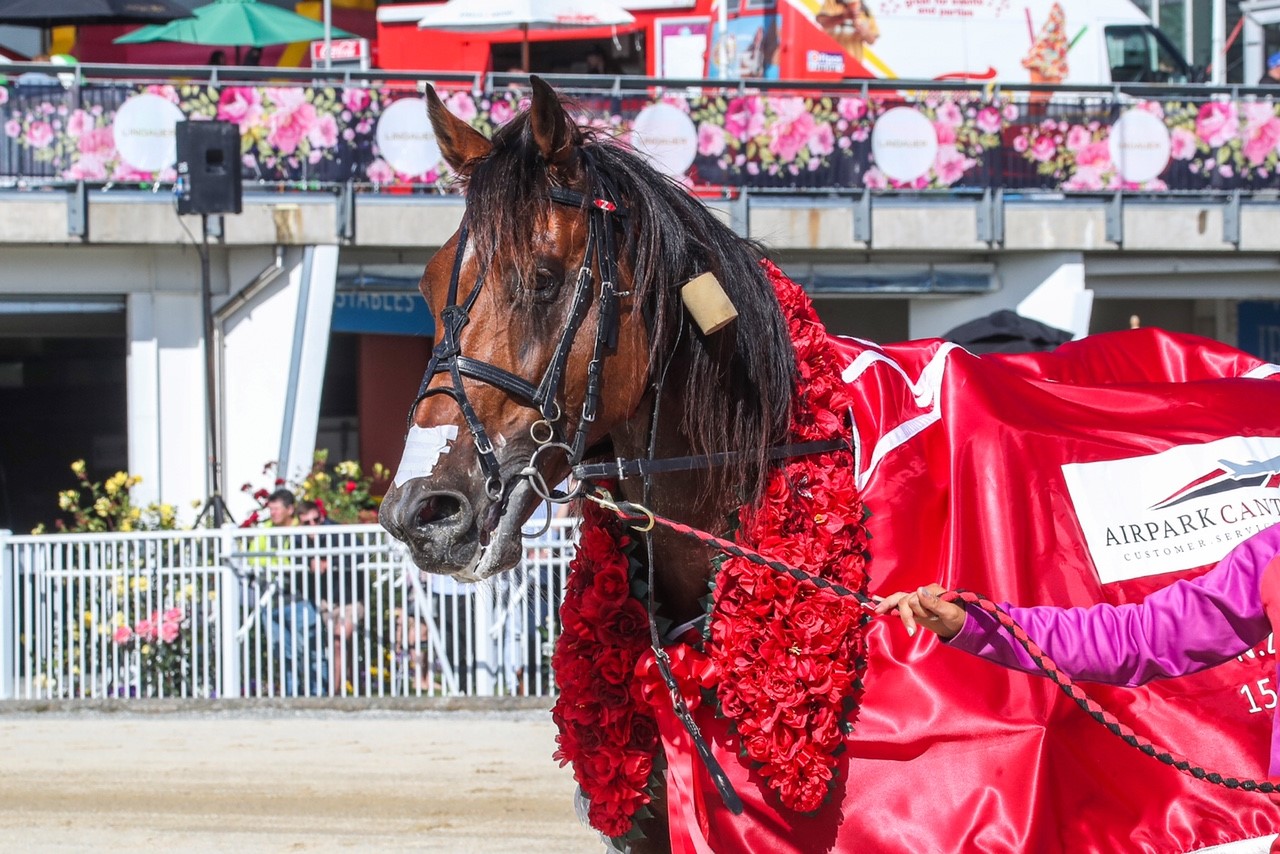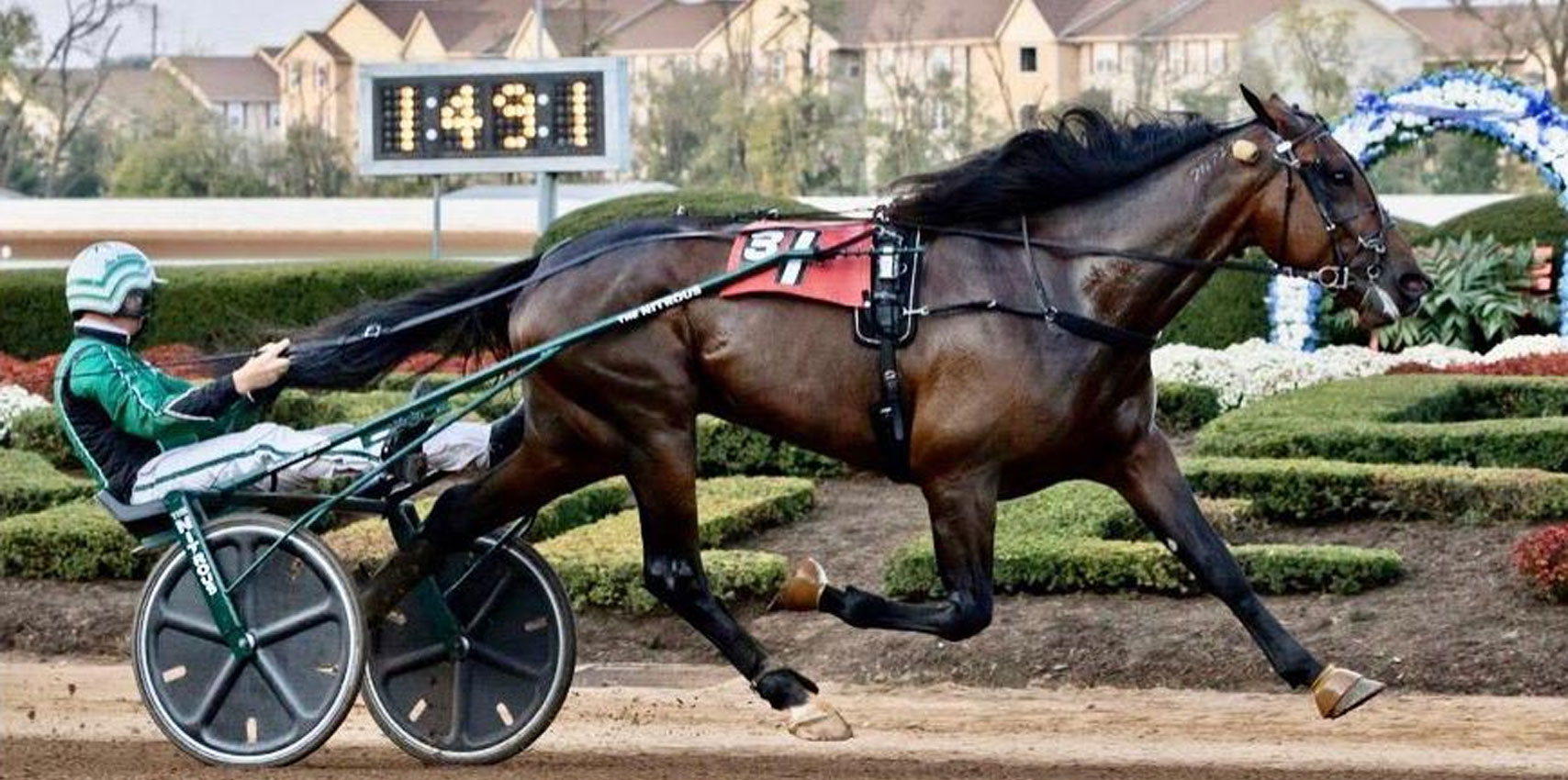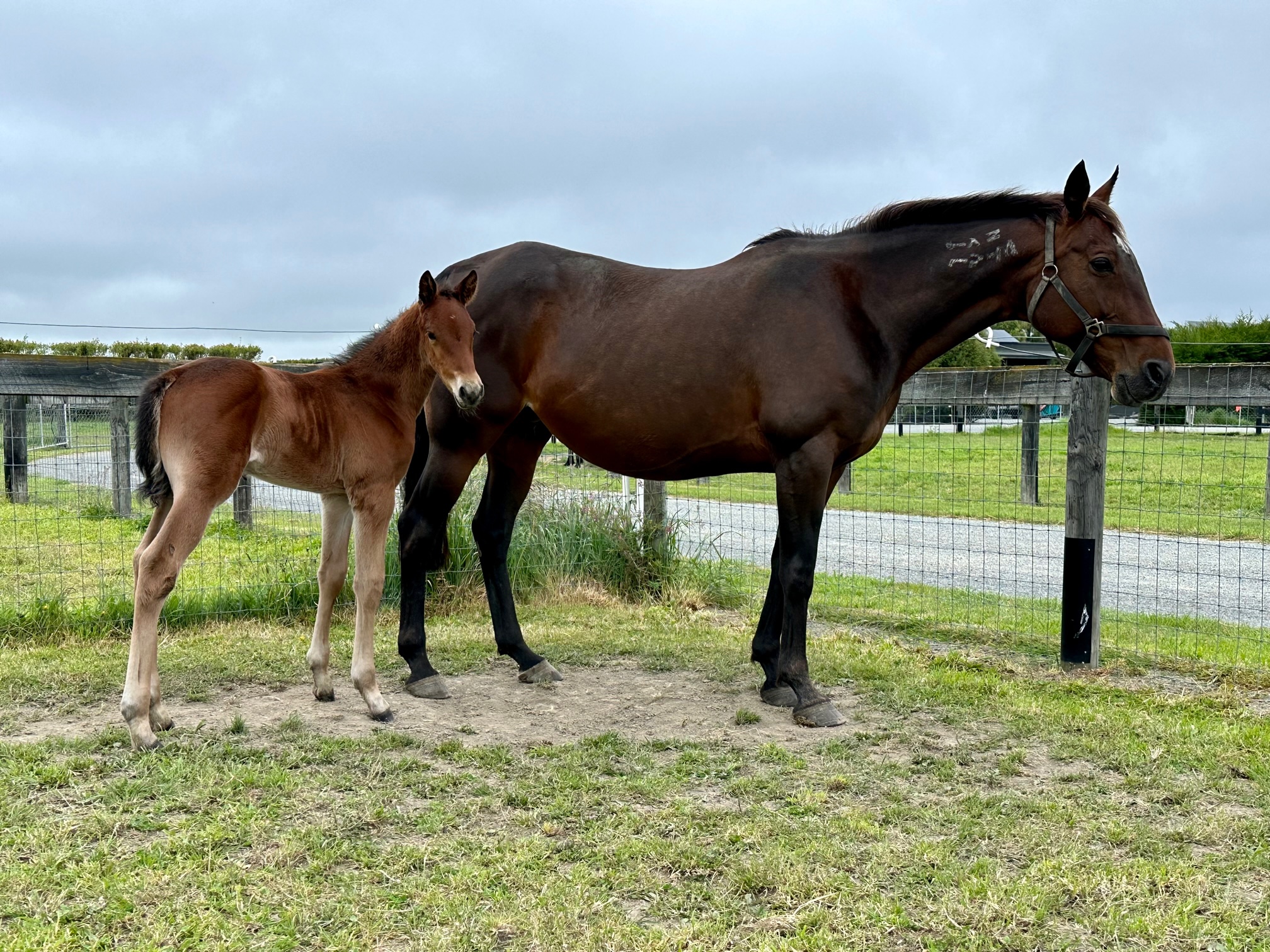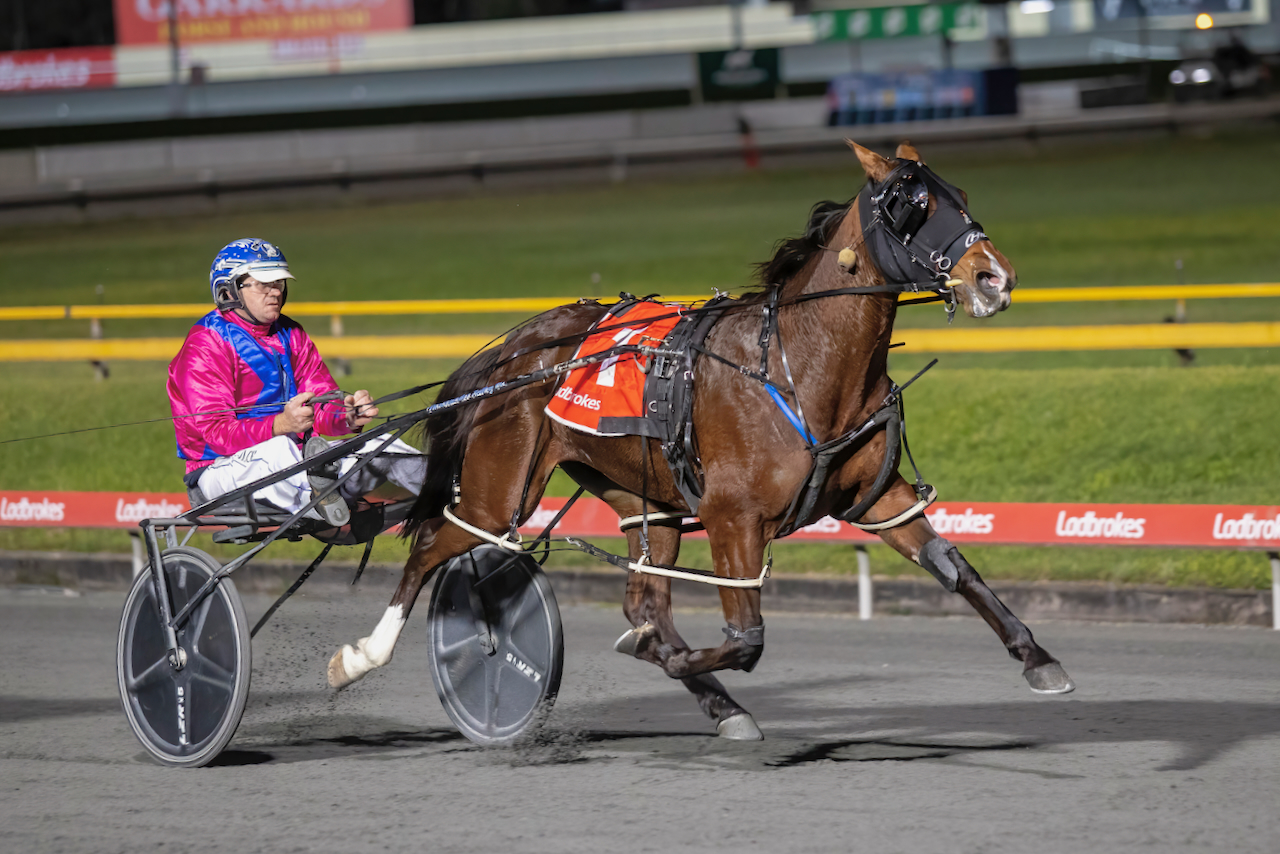Executive Manager’s Update
By Brad Reid
15 March 2021
Almost three weeks has passed since the conclusion of the 2021 Yearling Sales which saw Christchurch get through three days of selling by the skin of its teeth.
The week ending 28th of March concluded with Auckland plunging back into further complications with the global pandemic and in hindsight we were extremely lucky the rescheduled event worked out for all concerned.
The NZB team are once again to be applauded for their professionalism in delivering a world class event and have left an everlasting imprint on our Standardbred sector that is the envy of Australasian breeders.
It was a week of highs and lows synonymous with any yearling sale. The buoyancy at the top end of the market needs to be recognised and applauded.
$280,000 for a yearling last year had the world talking yet with one trip around the sun that was eclipsed by not one but three $300,000 yearlings with two coming over the final two days in Christchurch.
Price Bloodstock had a week they will never forget preparing the leading lots on all three days of the sale and we reflect on their incredible success in a subsequent article below.
The stallion responsible for the record shattering pacing prices was who else but Bettor’s Delight.
He is in a pantheon all by himself when it comes to yearling sales commerciality.
An aggregate of $3,000,000 from 27 sold lots with a clearance rate in excess of 90%.
It will be a long, long time before we ever see a stallion reach those dizzy heights, and the only horse capable of going close is probably himself.
Given that stake money is by and large the same, what is driving the demand at the top end and creating such competition for the top lots?
“It was said to me a while ago by a leading vendor that the top tier horses will only continue to get more expensive because in a refined breeding market where there are less of them, the expensive horses are just that much easier to syndicate, “said Cam Bray of NZB.
“I think high profile names of the horsemen and the high performing mares these yearlings are coming out of just make them that much more saleable at the other end.
Relative to their service fees, the likes of Vincent, Rock N Roll Heaven and Always B Miki punched above their weight in the rough and tumble of the middle market.
$215,000 for a Vincent colt was a wonderful sale for Spreydon Lodge and Helen Conaghan.
Nobody is trying to take the gloss of a week in which some incredible results were achieved, but it is important that we call a spade a spade and in some respects the success of Bettor’s Delight is carrying the weight of a national sale.
“A few vendors fell into some flat holes, and so too did some of the stallions.
Then you have Bettor’s Delight who probably benefitted from having such a small catalogue.”
“A lot of it probably comes back to numbers in the catalogue and it created a bit of vulnerability for some sires and their stock, simply because there was so much to choose from,” said Bray.
The numbers in this respect don’t lie and while Bettor’s Delight shattered his own records yet again, nobody suffered more than Sweet Lou where the big numbers in both Auckland and Christchurch probably diluted demand.
Two stallions who are traditionally very good to vendors in Art Major and Captaintreacherous weren’t immune in that respect either.
Both had some very good sales, however their sale results were notably down on last year and even from Auckland the week prior.
You can find all the sales results here with averages and medians for each sire at both sales to form your own opinion.
“For me one of the massive takeaways was that our aggregate was up $1,200,000 on the previous year, which meant we have raised the bar each and every year, said Cam. Admittedly we are aware the clearance rate has dropped, but you have to bear in mind in 2019 we only offered 370 horses, in 2020 we offered 367 and this year we shot up to 410.”
It’s a case of damned if you do, damned if you don’t.
NZB copped flak from some corners in its first two years running the sale for turning away yearling entries.
On one hand, you can argue that it’s the vendors prerogative to sell a yearling irrespective of its breeding.
However, it doesn’t take a rocket scientist to look at the statistics and see that there are plenty of vendors getting burnt.
It is not a yearling sales problem, but rather an industry issue and is reflected in this year’s breeding numbers where the participant at the lower end of the market is being siphoned out of the sport.
“We basically gave everyone a run that was suitable, however a number of factors affect saleability.”
“Commerciality for some of them was an issue and another factor in some regards is failing to listen to what the market is telling them,” he said.
The second day of the Christchurch sale got off to an awfully slow beginning where in the first hour of selling, there was a disproportionate number of yearlings passed in and very few seeing the gavel come down.
That improved as the day went on, but where the week off being was discussed as an opportunity for the horseman and buyers to retool and go again, it’s fair to say the momentum from Auckland was lost with the week’s delay.
Bray offers some sound reasoning for why he believes that was the case.
“In some respects having a week to mull over the results of Auckland potentially created a situation where some vendors may have been slightly unrealistic.”
“The Christchurch catalogue is such a different book and a completely different dynamic to the Auckland book where there are only 130 yearlings and they are all from commercial families and professionally prepared to a very, very high quality.”
“There is pressure to buy so all of a sudden your sea levels go up.”
“You come to Christchurch and there is a greater number of horses. A much broader range of pedigrees. There are pedigrees from the lower range, and with the right sire it might get them into the middle market but they are never going to get that top end money.
The difference in the middle markets is stark with the middle third of horses in Christchurch selling between $20,000 and $35,000 (59 yearlings) whereas the middle market in Auckland sits at $30,000 to $50,000 (30 yearlings).
That right there paints a pretty clear picture of the contrast between the books.
That also meant Christchurch had 59 yearlings (possibly changed by now) sell for $20,000 or less and it begs the question as to how we strengthen the middle and lower end of the market when one stallion is theoretically propping up the results of the national sale.
“We need to find that balance because we know it’s important that we leave more in the catalogue so that everyone can find the horse they are looking for. But we also don’t want to be in the situation we are at the moment where we are offering a lot of horses for no return,” he said.
That goes for both the vendor, and the sales company.
Horses that pass in and don’t pay up for the race series are effectively marketed by both parties for 4-5 months for nothing having cost breeders a small fortune to prepare.
The sales company and Bray are far from pleading poverty on this one, but the fact remains the work involved in preparing and offering a yearling is overwhelmingly tough for no return.
Breeding standardbreds and selling yearlings is an emotional exercise for many breeders.
In my experience, albeit limited compared to some, we can all be guilty in some respect of overvaluing our stock.
We fall in love with the mare and the family and our quest to prove the maternal line is oft governed by an unshakeable belief that the good horse is just around the corner.
It has to be, or why else would we do it?
The vendors who succeed are generally in a position to be able to meet the market. where others are not. It’s a catch 22.
Do you take a horse home believing it’s worth more and hope like hell it can run? Or suck eggs and give it away for less than the costs of getting it to the sales or less than you view of its value.
Over 50% of breeders are racing owners, and I have zero doubt that if we are to once again prosper that this side of the coin has to become more viable AND profitable.
Bray has an interesting opinion in offering a possible alternative to the yearling sale market which at present is one of the only avenues there is to sell stock.
“There are two markets at the moment and that therein lies a problem.”
“There is a yearling sales market, and a racehorse sales market and nothing in between.”
“It’s on my agenda to review again, but we need to have a trade market. We need to have a Ready to Run, a going along, a broken in sale where it’s not time dependant.
“If we are going to sell zipped up two-year old’s we will go down the same path as last time because unless you’re buying the fastest one, nobody wanted them and ultimately there were some good stories, but there were a lot of poor results come out of it.
“The thoroughbreds went through a period of change where they went away from the timed, fast, hard-driven, hard-ridden horses to a situation where the impetus is now on analysing how a horse is able to do the work as opposed to how fast.
“I’ve been selling at the ready to run for four or five years now and you can visually see when you watch those breeze up clips whether someone is really going to town on one and they stick out, said Bray.
“You can say well this is the fastest time of the day and nobody will really care because you can read between the lines of one that has probably gone as fast as it will ever go, or a more progressive type with plenty under the hood. It’s done it efficiently and how the horse has done it.”
“I think that’s where we need to go and whether we can stitch it together so it’s a Trans-Tasman thing given that’s where a number of the horses are going to need to go. I am prepared to personally do the donkey work to try and get that off the ground again.”
“I think that’s where young guys are going to want to buy the five to fifteen thousand dollar horse at the yearling sale with a view to backing themselves as horseman.”
“We are not talking about turning them into an $80,000 horse, but a $30,000 to $40,000 racehorse,” he said.
It’s definitely a gap in our market and one that dished up the likes of Fiery Falcon and Highview Tommy. However, the ruthless pursuit of those six figure types is quite clearly where the concept fell flat and as Bray suggests a shakeup would be needed to see a ready to run sale be viable.
Another possibility raised with me by numerous stakeholders is the creation of a Sales Series for stallions of a certain price bracket with, for the purpose of this article, similar to the Sires Stakes run Sires 7000.
It is absolutely imperative we continue to have our aspirational race series and be mindful of how much the top end contributes to the overall picture and drives the core business of a yearling sale.
However, the overwhelming number of horses and participants are positioned in the bottom two-thirds of the market and they too contribute to the overall success of the industry.
An incentive such as a sale series for these offerings would in my opinion and that of other prominent industry players would create a market for them with speculative buying, but it would also incentivise breeders at the bottom end to persevere instead of choosing to cull. It would also incentivise trainers and owners to buy.
And if the middle market stallions and their vendors had another option to pay up for, would it in fact detract from the current series anymore than it would help fund and drive another one?
By and large it is a user pays model, with the majority of the $800,000 in stake monies being directly contributed to the Harness Millions Series by the vendors and purchasers.
It would be interesting to see what percentage of buyers of the progeny of these middle tier stallions simply don’t pay up for the series as opposed to your top three in Bettor’s Delight, Art Major and Captaintreacherous yearlings. Are we missing an opportunity or misguided in thinking there is one?
If a ready to run got off the ground could it have its own incentives through another series?
A friend of mine recently wrote “diverse thought is progressive whereas conformity is limiting and inimical to growth and progress.”
These concepts aren’t achieved in articles. The need analysis, vigorous debate, consultation and discussion. The Breeders will work with HRNZ, NZB, Sires Stakes Board and BREEDERS to advance these ideas.
The stand-alone Trotting Sale, like the pacing session, was slightly down on clearance however the median price for the square gaiters climbed for the third successive year, sitting at $30,000.
Interestingly it was the first time I can see that a trotter sold for six figures at both Auckland and Christchurch.
What The Hill had a wonderful debut and Father Patrick delivered for vendors yet again, taking out top honours for the colt out of Rae Galleon.
I understand the stand-alone sale may draw the ire of some in the pacing sector however what they fail to understand is without the stand-alone sale, the ability to take the extra 40 horses at Christchurch is not possible. Also trotting provides just under 30% of our racehorse. They deserve their place in the sun and the deserve more racing support, i.e. group races for fillies and mares.
Despite the pandemic complications not allowing for overseas purchasers to be on the ground as per normal, the Christchurch session was still buoyed by some big spending international clients with over 20% of the total spend coming from that sector of the buying bench.
“They might not have been as many of them, but those that did buy probably spent more and were very active still,” said Bray.
“We are still selling horses. We’ve sold around 20 since the conclusion of Christchurch and for good money too. That has been off the back of good money being spent for horses throughout Australasia. We sold a horse the other day in my opinion simply off the back of APG selling quite well in West Australia,” said Bray.
“We will give it a month now and just let the dust settle and do some one-on-one reviews. We will do some consignor meetings around New Zealand. What we also do is sit down and review the thing from head to tail with the likes of James Jennings and Bruce Barlass from an operations stand point also.”
“We strip everything back and start again and say what worked? What didn’t work? And how can we do better.”


